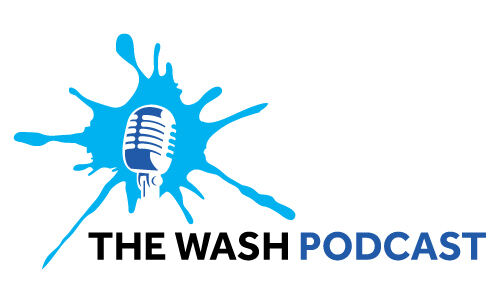Forced Compliance in Clean Room Design for Pharma Hygiene Zones
Cleanrooms are held to rigorous hygiene standards due to the sensitive nature of the products produced. As business owners maintaining these standards is crucial to the bottom line; studies found that non-routine quality events like recalls and lawsuits cost the medical device industry $2.5-$5 billion annually. While cleanroom operators trust that those entering the cleanroom comply with the hygiene SOP’s in place and work to take part in preserving the hygienic integrity of the facility, that is not always the case. And, more critical than battling non-compliance, is first ensuring that the hygiene processes put in place have been properly validated to prove that they are in fact effectively mitigating cross-contamination risk.
Considering the challenges associated with validation and verification of hygiene SOPs, poor hand hygiene presents serious risk to a cleanroom due to the variability of human behavior. This variability presents challenges tracking compliance to an entirely manual handwashing process and  inconsistent levels of pathogen removal. So how is this type of problem solved? In an episode of The Wash podcast, guest Charlie Webb from Van Der Stahl Scientific discusses a solution with Meritech Chief Technology Officer and hygiene expert Paul Barnhill known as forced compliance.
inconsistent levels of pathogen removal. So how is this type of problem solved? In an episode of The Wash podcast, guest Charlie Webb from Van Der Stahl Scientific discusses a solution with Meritech Chief Technology Officer and hygiene expert Paul Barnhill known as forced compliance.
Forced compliance, or placing safeguards into your processes for quality control, is not a new idea. In fact, it has often been leveraged within cleanrooms to ensure equipment maintains proper functioning. In the podcast, Webb mentioned how Van Der Stahl Scientific implemented a "packaging system that requires testing every hour or every thousand packages, [they] don't leave it to the worker" to avoid "terrible things happening at 2:00 AM in the cleanroom." This type of forced compliance requiring workers to quality test the equipment at certain intervals is what ensures that the products operate as intended, guaranteeing efficacy of the equipment.
How Can You be Sure Your Hygiene SOPs Will Produce Desired Outcomes?
In order to gain peace of mind that your hygiene SOPs will produce desired outcomes two problems need to be solved: workers opting out of a proper hand hygiene event and the difficulty ensuring a fully manual process is consistently providing the desired result.
How to stop hand hygiene opt-outs.
Culture is the first piece of this puzzle. Developing a strong culture of hygiene means that all members of your organization, from top to bottom, have a complete understanding of the important role hygiene plays in the success of your business. Offering constant reminders through signage is a great way to develop a hygiene culture, but more proactive steps need to be taken. By implementing a hygiene social contract and hosting hygiene safety days and other educational events you can further cultivate a culture where hygiene is a top priority throughout the organization. Having the right culture will stop a lot of handwashing opt-outs, but there is still risk.
This is where forced compliance comes in. With a manual handwashing process, this might look like having an individual monitor employees as they make their way through a hygiene zone before entering the cleanroom, ensuring all the steps are done properly and effectively. With an automated hand wash, forced compliance is much easier. CleanTech® Automated Handwashing Stations have a controlled access enhancement option that leverages a turnstile that remains locked until users have successfully completed a hand wash cycle.
How to guarantee hand hygiene events are effective.
A manual hand wash includes many steps that need to be executed perfectly to ensure effective pathogen removal. But every time someone washes their hands they will do it a little differently and odds are they are going to forget a step every now and then. Hygiene reeducation is a great way to combat this by reminding employees how to wash their hands properly. Additionally, having an individual monitor employees as they enter the cleanroom will help you ensure employees are following the hygiene protocols, but it is impossible to tell how effective their hand wash was by simply observing the process.
By implementing CleanTech®, the world’s only fully automated handwashing station, you can guarantee each employee has the perfect hand wash every time. Automation removes the variability of human behavior by introducing a standardized, clinically validated method. And in the cleanroom world where validation is, as Webb says, "the name of the game", a quantifiable and verifiable hand hygiene method is incredibly valuable.
Those working in cleanrooms have a solid understanding of the importance of their hygiene processes, but humans make mistakes. And those mistakes, however small, can result in big problems. Forced compliance greatly reduces the level of responsibility of the individual, in turn reducing the amount of risk your products, your brand, and your consumers are exposed to. Gating entry and implementing a standardized, automated, and validated hand hygiene method provides a sort of “insurance policy” that guarantees clean hands throughout your facility.
Interested in hearing more from the podcast episode with Charlie Webb and Paul Barnhill? You can listen to the full discussion here! You can also learn more about how CleanTech® Fully Automated Handwashing Stations can reduce risk for cleanrooms here.






